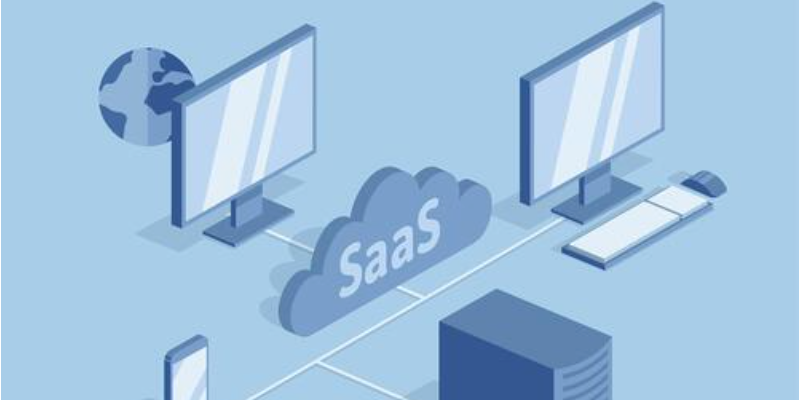
While the work from anywhere (WFA) movement has taken on new significance over the past year, the trend has been gaining momentum for quite some time. As the distributed enterprise, the use of personal devices and the expectation of remote access to resources have become the norm, the workplace is no longer confined to a physical location. This is dramatically changing the world of work for both the enterprise and employees.
Business applications like Slack, Zoom and Salesforce are enabling greater workforce mobility, making it easier than ever for your employees to be productive from anywhere—whether they’re working from home, on the road or from an Airbnb rental. At the same time, though, this newfound freedom presents unique challenges when it comes to keeping those same employees safe and ensuring data and resources remain secure.
As the once-trusty perimeter crumbled, identity and access management (IAM) emerged as the backbone of a strong security posture. Identity provides the sturdy yet flexible infrastructure needed to secure the modern distributed enterprise, providing capabilities like single sign-on (SSO) and multi-factor authentication (MFA). But to support and secure an increasingly free-range workforce, IAM must expand and extend to your employees’ personal devices. This can be achieved through integration of IAM with mobile device management (MDM) platforms.
What is Mobile Device Management (MDM) and Why Is It Needed?
Mobile device management helps enterprise IT administrators monitor, secure and enforce policies on mobile devices including smartphones, tablets and laptops. Serving a similar function to PC configuration lifecycle management tools, MDM gives organizations the ability to enforce corporate policies while integrating and managing mobile devices. By tightly integrating MDM with multi-factor authentication (MFA), you’re able to further strengthen security without adding friction to the user experience.
Multi-factor authentication is the de facto standard for providing secure and seamless access. Adaptive MFA gives you even more flexibility and control by letting you leverage contextual data to assess the risk of the action or request. By allowing you to step up authentication requirements only when the risk warrants it, adaptive MFA strengthens security without adding friction.







